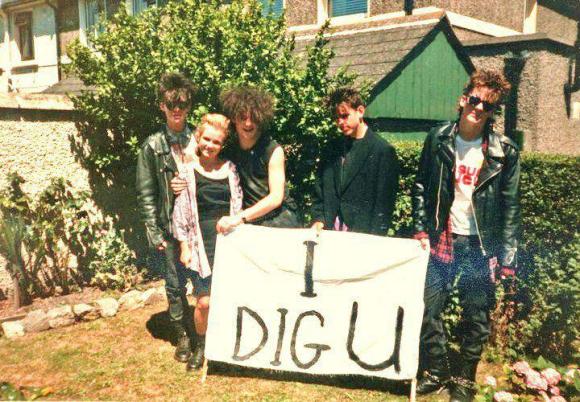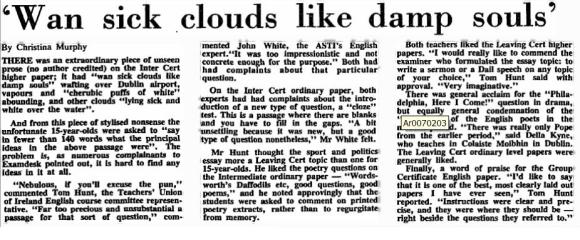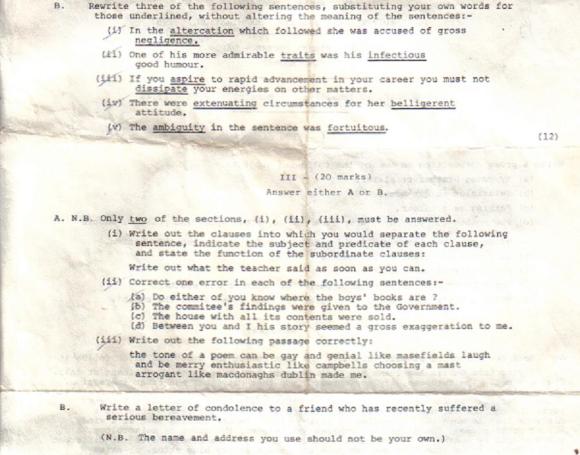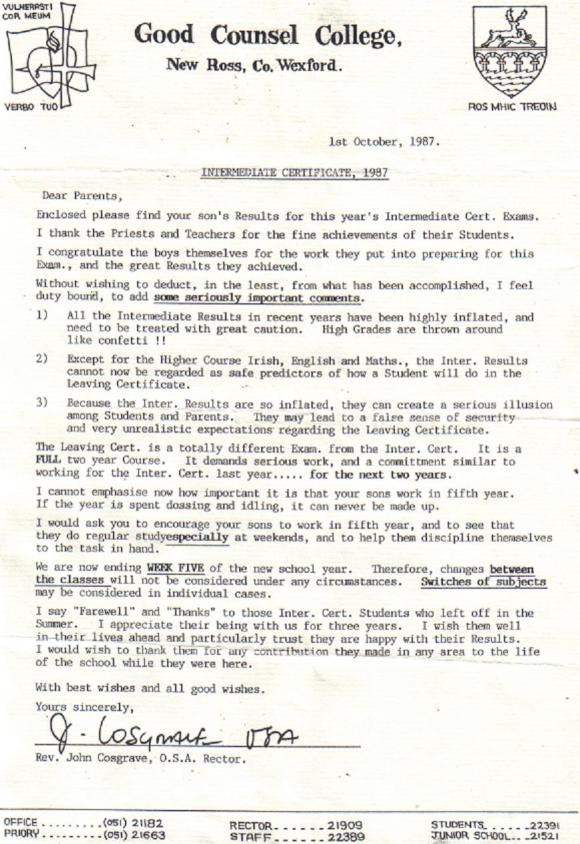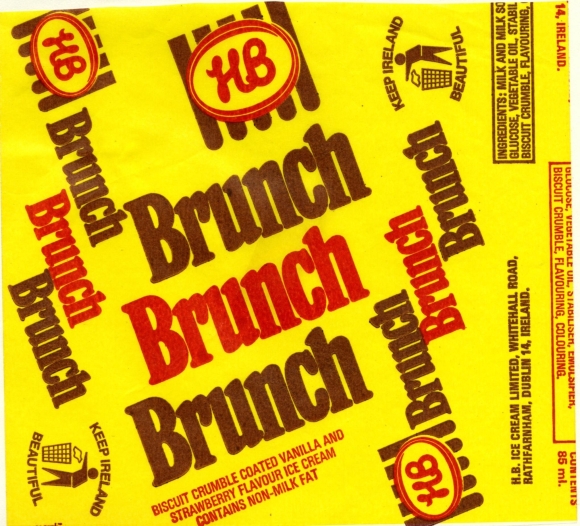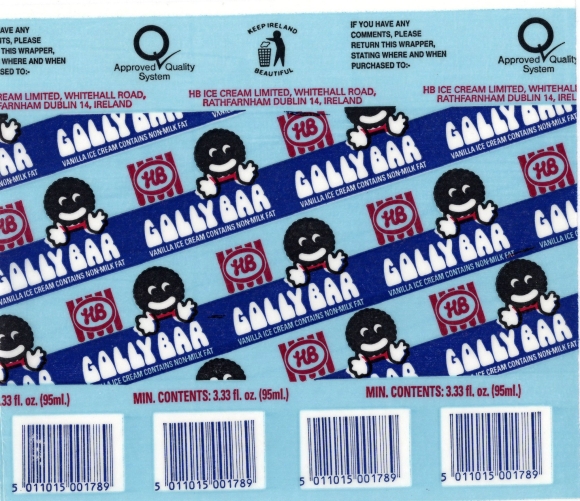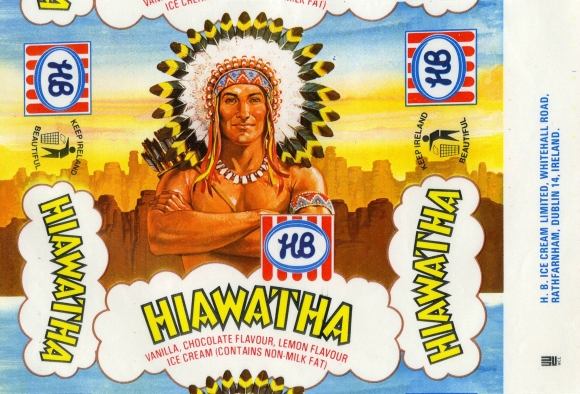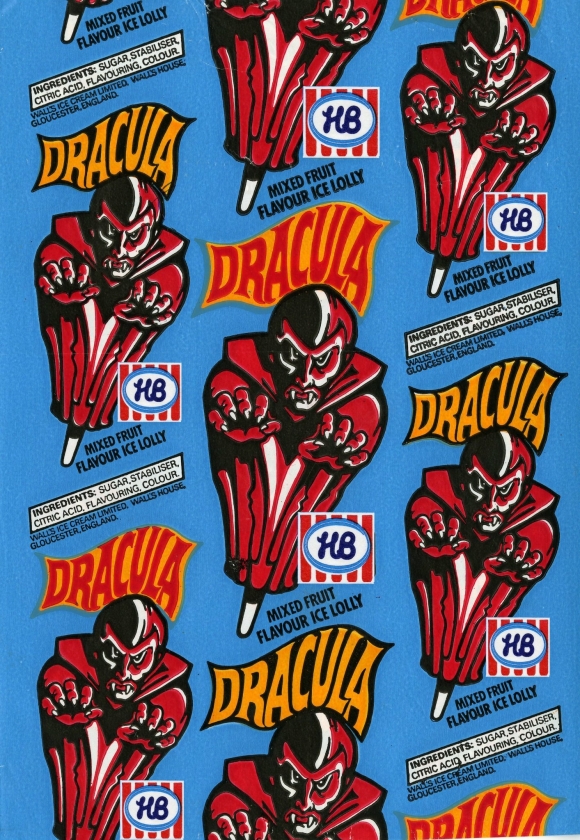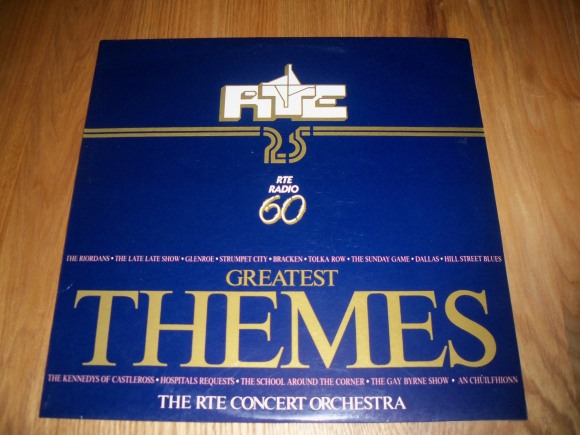It had been hot all week. On Monday 10 July 1989 I was woken by powerful sunshine. “Five days to go” I thought to myself. The Cure were playing in the RDS the following Saturday and I couldn’t wait. I had been to a handful of concerts before but this was the big one. For the previous two months I had been playing Disintegration every night. My favourite way to absorb it was via headphones as I drifted off to sleep.
After a televisual diet of Wiseguy, Snub TV and Degrassi Junior High, Friday afternoon finally rolled around. I left work at 3.00pm and went home to grab my gear. Bus Eireann’s New Ross to Dublin service was taking off at 4.50pm and this quartet of Cure fans were determined to get on board. We touched down in Busáras at about 8.00pm and were met by some friends. Some unimpressive fast food followed. We then toyed with the idea of checking out Bartley Dunnes [none of us had actually been there at that point] but eventually decided on heading towards our base in Sandymount.
Some pints were consumed outside O’Reilly’s pub on Seafort Avenue and additional food supplies purchased from the 7Eleven. The remainder of the Friday night passed by in a haze of smoke, The Smiths on the stereo and some interminably long-winded party game called Personal Questions. We eventually crashed at about 3.30am but none of us could sleep – presumably due to the mounting excitement. Instead we made a quick trip to the nearby beach to welcome in the dawn and watch the tide go out.
Saturday was another glorious day. At times like these I really wish I had the foresight to carry a camera. Thankfully some people did manage to capture the moment. Here is a marvellous snapshot of Cure fans taken outside an Inchicore house on that morning of 15 July.
It was time to use the DART for the first time. The morning was spent in and out of record shops like Comet, Freebird and the Virgin Megastore. All of us bought at least one record. The Fall’s Seminal Live and The Wedding Present’s Ukrainian Peel Sessions were among my purchases. There was no turntable in the apartment so we spent the afternoon listening to Japan and The Sugarcubes on cassette. At about 4.00pm the preparations began. The black clothes went on and the front room was turned into a mini hair-salon. Let the backcombing begin!
By the time we left for the RDS the conditions were extremely hot and sticky. We walked up Sandymount Avenue and almost wilted. Black-clad, mascara-streaked and hairspray-soaked temples. Then we reached the top of the road and gasped. The Curehead army was marching through Ballsbridge. Our time had come; this was our day. We may have been marginalised in our respective hometowns but this was truly a gathering of the tribe. A number 18 bus swung around onto the main road; its occupants stared at us with a mixture of shock and probably pity.
Finally it was time to get out of the searing sunshine and into the fiery, sweaty cauldron that was Simmonscourt. The atmosphere was highly-charged with expectation. I saw a number of guys standing at the side of the arena. They were inhaling Tippex in full view of the St John’s ambulance men. The first support act came on – Shelleyan Orphan – and gave us a competent set, Shatter was the highlight. It was still quite easy to get to a decent vantage point so I made my way towards the front. There were loads of Dead Kennedys Bedtime For Democracy t-shirts. All About Eve came next and Julianne Regan wore a see-through white dress. I thought she looked amazing. Martha’s Harbour and all that.
The Cure finally came on stage to the chimes of Plainsong. Robert Smith sang those immortal opening lines.
“I think it’s dark and it looks like rain.”
A young female goth approached me and asked to get on my shoulders. She wanted to take some photographs. Being a gentlemen I obliged her. The crowd surged forward and I temporarily lost my friends in the crush. I didn’t drop the lady at this point but her dead weight gradually began to have an effect. By the end of Closedown she was thrown on the floor. Sorry again – whoever you are. During A Night Like This I took a breather. The lack of sleep was taking its toll. My mates were at the right hand wall where a guy had fainted and was being stretchered off by paramedics.
It was an epic set. Poppier numbers mixed with brooding epics. Lovesong‘s drift into Charlotte Sometimes was fantastic; A Forest was immense while the “gloom trilogy” of Same Deep Waters As You, Prayers For Rain and Disintegration was thrillingly miserable on a massive scale. We got two encores – a short sharp set of more immediate tunes like Close To Me and Let’s Go To Bed before a longer a meandering seven track sequence of brilliance. Hot Hot Hot was quickly followed by a beguiling version of A Strange Day and the two “Boys” numbers. By the time they concluded with an epic 14 minute best-version-ever Faith (with added lyrics – listen to it below!), almost three hours had passed. I was exhausted. 23 years have passed and I’ve been to hundreds of gigs since then. This is still number one.
We walked back to Sandymount afterwards in a state of quiet contentment and unexpressed awe. Sleep finally came after a few beers. Meagre funds and work commitments (a “proper” summer job in an office) did not permit me to stick around for the following night’s gig. My abiding memory of the Sunday morning is being part a group of dishevelled youths dressed in black frantically half-running through a pre-regeneration Temple Bar and down the Quays. We had a bus to catch. Time to return to civilian life.
Set list
Plainsong
Pictures of You
Closedown
Kyoto Song
A Night Like This
Just Like Heaven
Last Dance
Fascination St
Lovesong
Charlotte Sometimes
The Walk
A Forest
In Between Days
Same Deep Water As You
Prayers For Rain
Disintegration
Lullaby
Close To Me
Let’s Go To Bed
Why Can’t I Be You
Hot Hot Hot
A Strange Day
Three Imaginary Boys
Boys Don’t Cry
Homesick
Untitled
Faith
Postscript
4 August 2016: It turns out that somebody had taken a photograph after all. I’m on the left.

Photo credits
1) Ryaller, 2) Blogtrotter Revival, 3) Where Were You / Vincent McCormack / Gavin Paisley
4) Jarlath Slattery, 5) Impression of Sounds, 6) Jenny Murphy O’Neill
(by nlgbbbblth)



